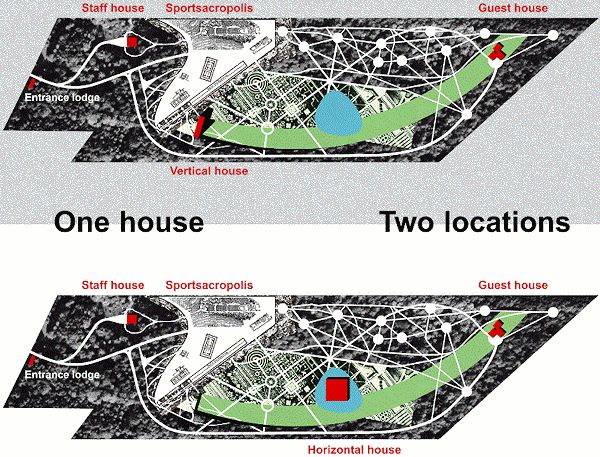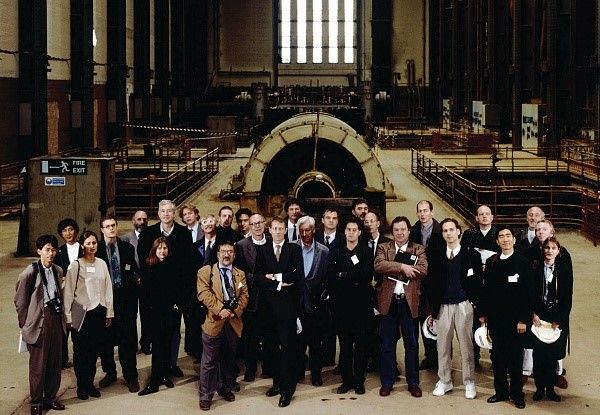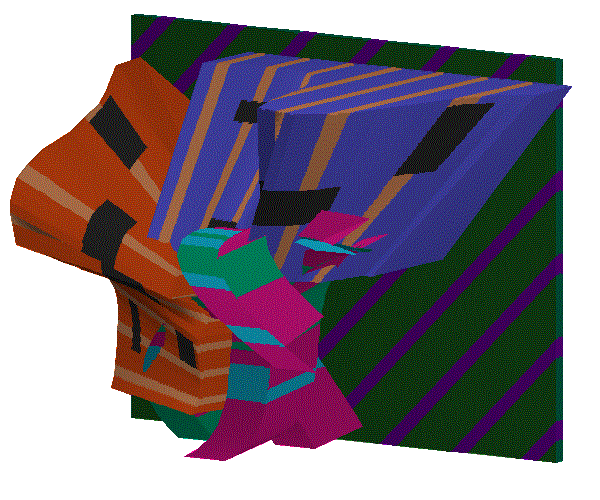2016.06.09 13:52
Thread Central
Too many architects only talk to other architects that share the same views, and are becoming increasingly irrelevant as a result, according to OMA founder Rem Koolhaas.
In his keynote speech at the American Institute of Architects' annual convention last week, Koolhaas said that architects were too self-referential and that architecture as an industry was too slow to keep up with the "revolutions" that are shaping the modern world.
"Architecture has a serious problem today in that people who are not alike don't communicate," said Koolhaas, according to a transcript of the talk published on the website of US magazine Fast Company.
"I'm actually more interested in communicating with people I disagree with than people I agree with."
"We're working in a world where so many different cultures are operating at the same time, each with their own value system," the Dutch architect added. "If you want to be relevant, you need to be open to an enormous multiplicity of values, interpretations, and readings."
source
2016.06.12 09:07
Parti
...that's not an example of parti.
The projects of BIG are almost always finely tuned partis.
2016.06.12 10:38
Parti
Typically, it's a set of diagrams that represent the development of the parti.
2016.06.12 15:41
Parti
When the student makes his esquisse he shows in sketch form the best solution he is able to suggest in the short time allowed for this purpose after he has been given the program. This solution is his '"parti". Other students will of course have sent in esquisses showing, among them, several different "partis." Now, what is a "parti"? The word is a French one and is used in architectural training as it is used in the ateliers in the Ecole des Beaux Arts, at Paris. The dictionary gives as translation: "Parti—party, choice, way, means... .method." Professor Paul Cret in answering this question said: "Parti means party, just as in politics there is a Republican, a Democratic Party; one has to be selected by the voter, who does not know which one is going to win, so, selecting a parti for a problem is to take an attitude toward a solution in the hope that a building developed on the lines indicated by it will give the best solution of the problem."
In this the first requisite is common sense: schemes too ambitious for the program or otherwise inappropriate as a solution must be discarded. One must have some knowledge of the general class of buildings, of which the program calls for one. This means, of course, that the new student is at a disadvanfage compared to the more experienced man, until he too begins to learn something of architecture: this is true of life in general. There is usually an announcement beforehand of the field in which the problem will lie; this gives the student an opportunity to make some preparation. For instance, if the problem has been announced as "a small railroad station," one can look through architectural magazines or other publications for the general handling of such a problem, comparing the various solutions he sees. It is a mistake for a student, instead of making such comparison among several examples, to memorize one example that appeals to him, and put it in his esquisse, for the programs seldom repeat exactly the requirements of a former problem or example of executed work, and the difference makes the memorized solution a misfit. This is simply another instance of the need of common sense. Study your program when you receive it to see what is essential; to see what elements are needed, what elements that would be needed in a large example could be dispensed with in a small one. In doing this, put yourself in the place of the ones using the building: "what is the easiest way to accomplish what I have to do in that building?"
--John F. Harbeson, The Study of Architectural Design, 1926.
It is unfortunate that, in our time, the notion of parti has been reduced to "the big idea" because that's never what parti was. Within the early schematic phase of design, there are often several partis being considered, and, ultimately, one parti is chosen as the best solution. The chosen parti is then the guiding principle of the design development.
| |
2016.06.12 17:33
Parti
I don't see 'parti' as some sort of imperative within the architectural design process. I'm more concerned with it being understood as what it actually is.
Personally. I like the notion of design choices, and I like the notion of playing with design choices. For example, OMA's Ascot Residence design is two distinct house designs each based on the same parti--one house design is the parti sited horizontally while the other house design is the parti sited vertically.

2016.06.12 21:05
Parti
I've never seen parti as a conventional means to answer a design solution; I see parti as a design schematic, because that's what it is. For example, almost two years ago now, I posted three partis relating to the (potential) design of quondam.com:
2014.07.12 17:33
Art + Architecture: Schumacher vs. Post-Net
Presently, I design Quondam more along the lines of #1.
Although I'd rather be designing along the lines of number #2.
If I actually started to work at designing the way I'd like too, then perhaps I'll arrive at #3.
| |
2016.06.15 09:13
7 October

On 7 October 1994, the Tate invited 13 shortlisted practices to view Bankside Power Station in its raw state before they submitted their designs. © Peter Marlow/Magnum Photos

2016.06.15 10:02
7 October
Regarding Chris Cornelius's work, see a lot of Hejduk influence, but also some Holl/Koolhaas. Nice stuff. Connectedly, the 2015 image above are a riff off Hejduk's 24 Andalusian Houses.
|